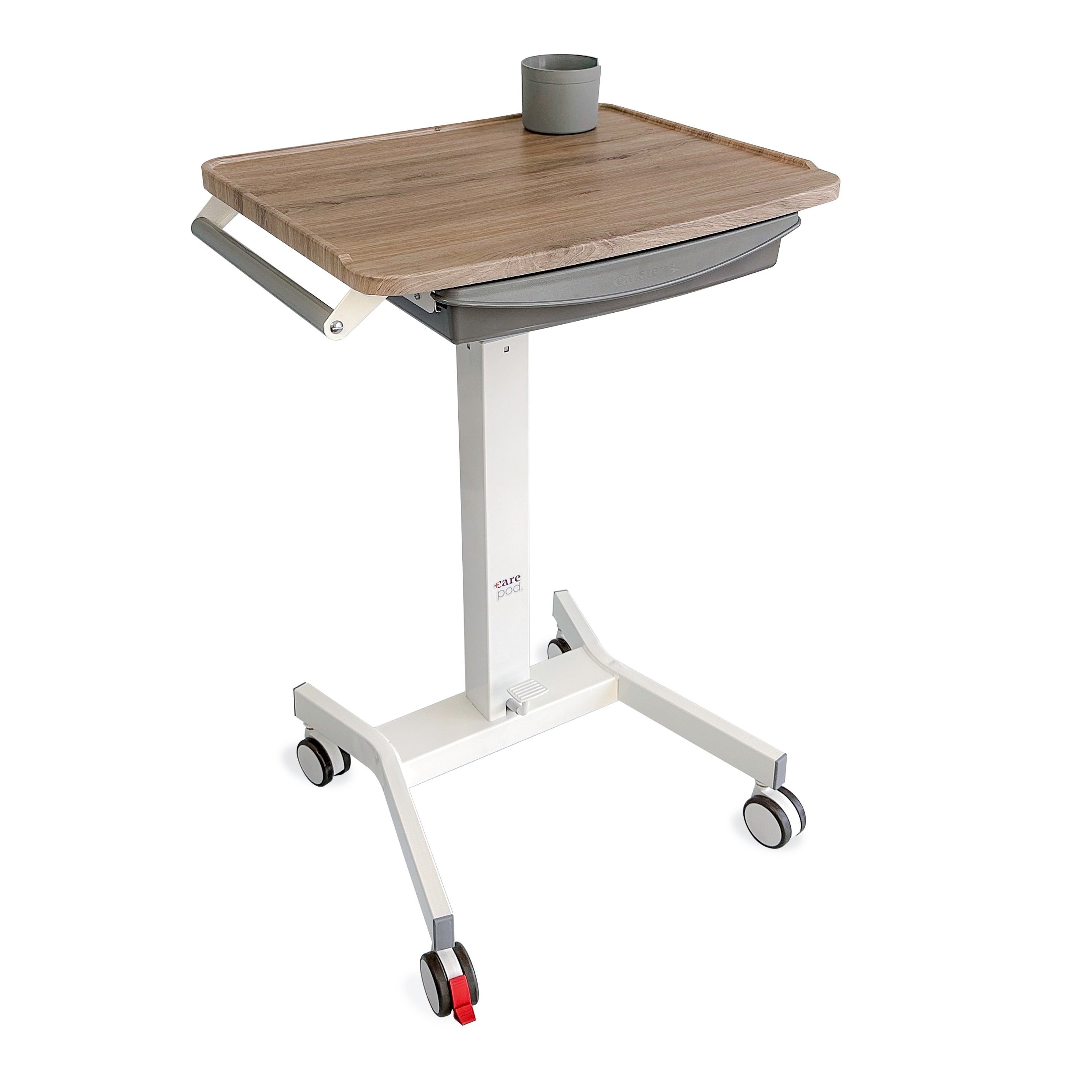Rural healthcare has been a topic of discussion within the medical field for a while. However, we’re seeing a major decline in accessible health and wellness care for people who are in these underserved areas. It’s up to medical professionals to make a great change and improve the care within these communities.
Many issues can prevent someone from receiving adequate care, from hospital closures to provider shortages to financial insecurity. However, we can make a great and positive impact, one patient at a time. While it’s not easy, it’s important that everyone receives proper care. Here’s how to improve health care in rural communities.
The Importance of Health Care in Rural Areas
Everyone deserves adequate health care and treatment. Providing health care to families living in rural America may present challenges, but these communities benefit significantly. Rural communities are typically underserved and aging, often less healthy and well-off than their suburban and urban neighbors.
Offering affordable healthcare services within these communities can strengthen patient and doctor relationships. A strong sense of compassion and advocacy can aid in improving the community’s wellness. This health improvement can influence a positive change and establish a sense of togetherness in the neighborhoods.
Why Is Health Care Harder To Access?
The federal government projects that there will be a shortage of over 20,000 primary care physicians in rural areas by 2025—making it even harder for residents to get proper medical attention. Why? Medical facilities in rural locations often do not have the equipment needed to provide adequate treatment for their patients. These facilities also often don’t have the support of larger healthcare providers, reducing the chances of aspiring medical professionals working in these areas.
Nurses, physicians, and other medical professionals are more likely to live somewhere they can get the best training. Students and newer professionals can reach higher benchmarks within their careers and gain the most knowledge about their specialty. Fewer medical professionals are in rural communities since most medical schools are in larger cities or suburban areas. Creating more undergrad education and training opportunities in rural areas is important to attract professionals.
Some communities are disproportionately affected due to facilities being harder to reach or too far away for residents. Most residents won’t bother making medical appointments because they don’t have time to make arrangements or are experiencing financial distress.
Not having these practices closer puts many residents at risk of declining health status. Bringing awareness and medical attention to rural neighborhoods is essential to improve the overall wellness of a community.
Ways To Strengthen Your Reach in Rural Communities
Rural communities in North America are facing a healthcare crisis. Not having access to these facilities can impact a community’s overall health and wellness. Insufficient resources, medical professional shortages, and lack of representation can cause a disparity in healthcare and quality of life. However, we can improve quality healthcare access within these communities in a few ways. Below are five steps to take to broaden your reach and strengthen wellness in rural neighborhoods.
Redefine the Healthcare System
Redefining the relationship between rural community members and medical officials can aid in improving the overall wellness of these neighborhoods. Medical facilities can help encourage social and economic improvements, bringing more programs and services to the community.
Medical facilities can work with city planners to create fitness and wellness hubs, implementing them into each community’s livelihood, from community centers to yoga studios to farmers’ markets. Repurposing buildings and adding more affordable wellness programs can help redefine the healthcare system within the community.
Community Outreach
No matter your focus or specialty, as a medical professional, you learn various disciplines and practices that could help bring someone back to health. Reaching out to community members and partnering with outreach programs can help improve health care in rural areas, whether you specialize in labor and delivery or preventative medicine.
Community members can receive high-quality care by updating their medical records, issuing prescriptions, and performing physical exams with the help of an attending physician and resident doctors. Through outreach, community residents can become familiar with medical professionals, which can help bridge the relationship between the two and help improve their health.
Repurpose Existing Buildings
The key to improving health care in rural communities is to bring health facilities to these neighborhoods. Repurpose abandoned buildings and turn them into affordable medical practices. You can help improve the health and wellness of the community by increasing access to care, from dental offices to pediatric care to pharmacies. This change could also enrich the community, bringing more businesses and social gatherings to the neighborhood—improving the overall social and economic value.
Implement Telemedicine in Your Services
A great way to bridge the gap between the community and accessible health services is by introducing telemedicine to your practice. Telehealth allows patients to attend appointments via phone or video call, which benefits those who have factors prohibiting them from going to the doctor’s office.
Virtual meetings allow patients to receive treatment in the comfort of their homes. This virtual option is a great choice for those who may have a busier schedule or may need more time to arrange appointments around their work schedules or childcare. Telemedicine allows those with chronic conditions to manage their appointments and treatments better.
Welcome More Talented Medical Professionals
Healthcare providers can improve wellness in rural areas by welcoming more talented professionals to their medical practices. A diverse, skillful staff is necessary to operate an effective medical facility. All employees must be knowledgeable, trained, and open-minded to ensure they give the patients the best treatment.
Your facility can reach its goals and objectives by staffing trained, knowledgeable, and talented medical professionals. Their performance impacts the entire company and greatly impacts whether patients feel understood and appropriately cared for. Save the stress and welcome more talented professionals to your team to help transform the community’s wellness.
Millions of Americans live in rural communities and suffer the consequences of not having medical facilities and care within an accessible distance. By bridging the gap and using your talents to care for a vulnerable area, you can help improve a community’s overall health and wellness. Start this journey by rallying talented medical professionals and treating those in need. You can begin this process using high-quality tools and medical front office supplies. These supplies can help you easily chart your patients and get the necessary information to issue their treatment.







